2nd September 2012.
Inspired by the recent birthday gift of a book – Earth Colours: Mendip and Bristol Ochre Mining by Marie Clarke, Neville Gregory and Alan Gray, published in 2012 by Mendip Cave Registry and Archive (MCRA) – I decided on a trip down memory lane.
The site of Red House Quarry and the Redding Pits were the places where I had my first underground experiences many years ago. Following the byway leading south off Redding Pit Lane a number of relicts of a bygone industry are soon encountered.
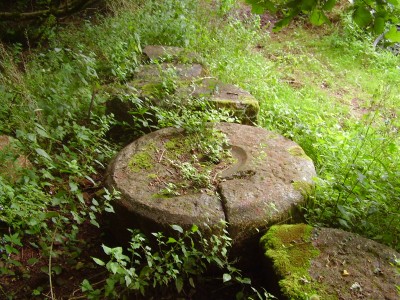
One complete millstone and three others that are incomplete or broken, the millstones are more than a metre across.
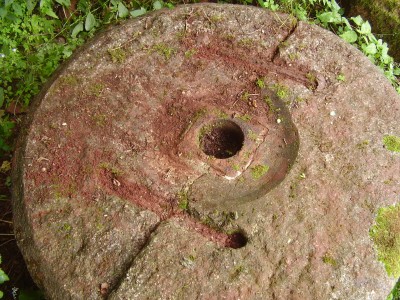
The complete millstone shows that it comprised of two haves stapled together, in the example above one of the staples can be seen still in-situ.
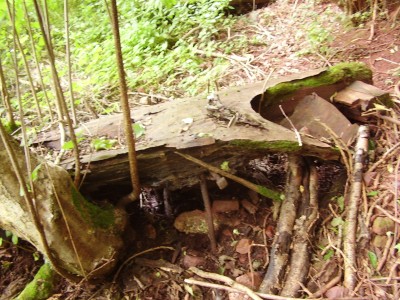
Remnants of other machinery or structures are also visible, although these are now very decayed and rather indistinct, although I suspect a former miner [or quarry worker] would recognise the equipment straight away.

Along the track are signs of the ochre and oxide material that was the foundation of a local industry that spanned the mid to late 19th into the 20th century and provided local employment and allowed some farmers to supplement their incomes for a while.
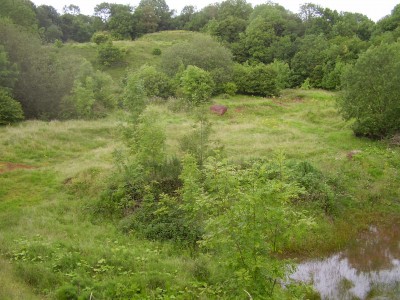
Although the quarry has now been mostly naturalised I can remember the area as a barren red, purple and yellow landscape with a number of buildings and plenty of evidence of the extractive industry.
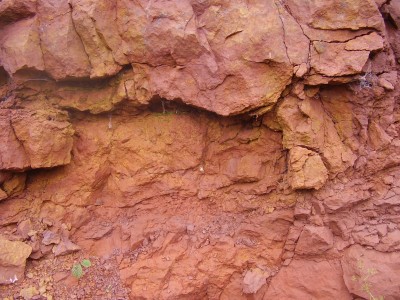
Winford Ochre Mine was the first place that I ventured underground at the age of 12 – 13 years, I can still remember those tentative first steps holding my bicycle lamp, nervously looking back as daylight disappeared, back tracking to make sure I could find my way back out, standing in awe looking at the size of the place (well it did look big to me then!). There were colours of red, purple and yellows, greens and most of it was engrained on me – on my hands and face, my clothes, it has to be said that my mother wasn’t quite so impressed!
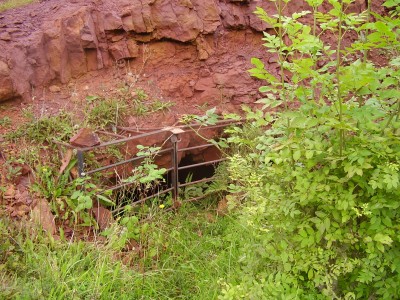
Unfortunately the ‘health and safety police’ have been prominent in recent years and the entrance has been gated, and it is becoming overgrown resulting in the underground site appearing rather unvisited which I feel is a great shame.
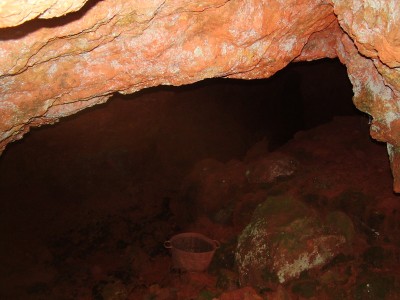
Managed to poke the camera through the grille and take a snap of the entrance chamber. There are some significant workings beyond with a number of features still in-situ and well worth a look.
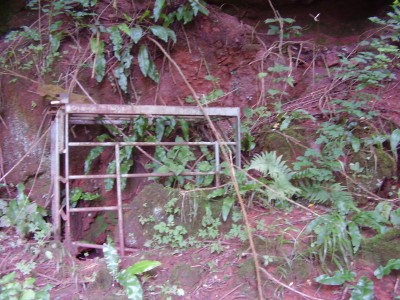
Another entrance to a mine has also been gated, at least the bats can come and go – almost as they please!
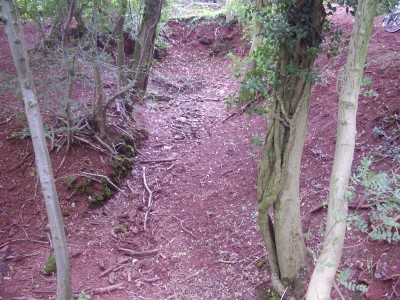
After touring around Red House Quarry headed over to the areas that flank Greatstone Lane on the south side of the lane is evidence of past workings (above).
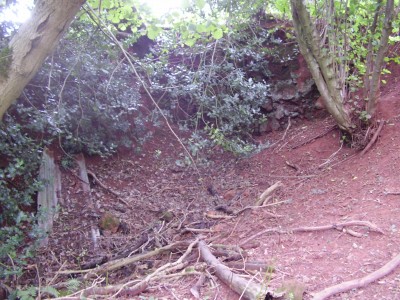
There is always the possibility that adits lead off from these cuts, just a question of a little bit of digging to see.
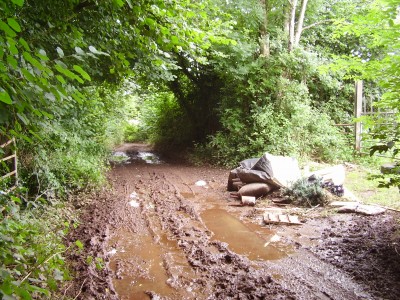
It is always very disappointing to see the extraordinary lengths that some people will go to just to illegally dump their rubbish in the countryside, Greatstone Lane is a narrow, muddy and restricted byway, the access is not easy. Why should landowners, or any one else, be left to clear up the crap left by the irresponsible and anti-social actions of others?
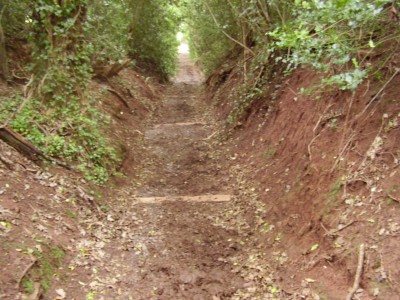
It is likely that Greatstone Lane was the shortest route leading from the Redding Works over Dundry Hill to Bristol in the early days when the extracted ore was processed in the Red House vicinity and when, later, the ore was taken to the mills at Littleton for processing. Along the present day byway there has been some recent repairs, it is obvious that over-usage by horse riders is causing some considerable damage although, thankfully some of the route is, at least, unused by four wheel drive vehicles and motorcycles.

